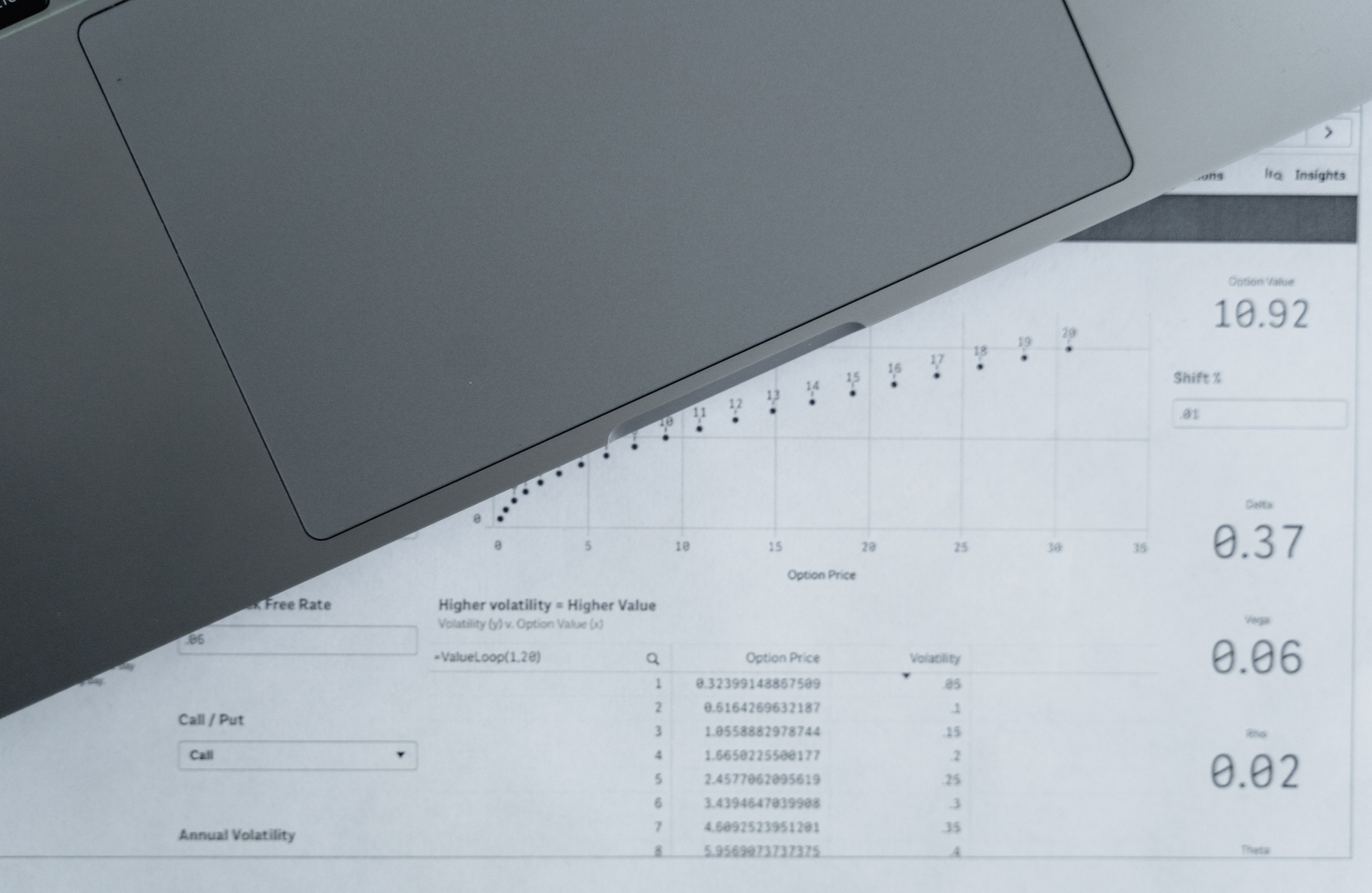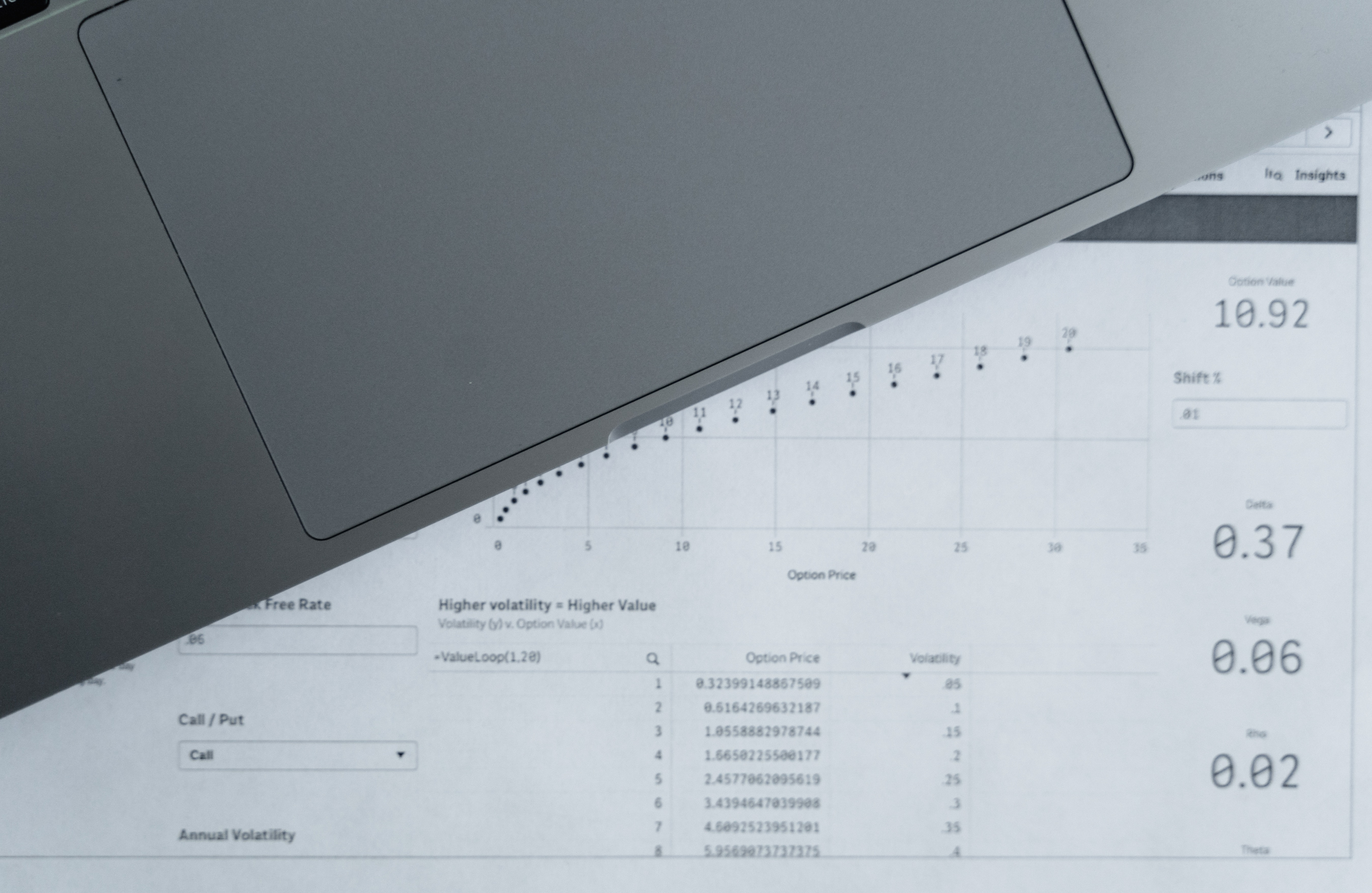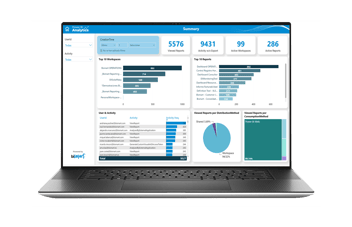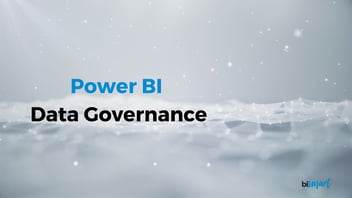Microsoft has just announced the end of dashboards and featured reports in Power BI Service. We reflect on how this will affect businesses.
Microsoft has just announced the retirement of the Featured Dashboards in Power BI Service, which will be permanently removed at the end of April. What does this mean and how will it affect the usability and data governance of the tool?

This week Microsoft has made public the end of the featured dashboards and reports in Power BI Service, which will begin to be retired at the end of April and will be completely removed by the end of May.
Until now, when a company or user set a dashboard as featured, every time they opened Power BI Service from the browser, from an email link or from any other shared URL, Power BI would automatically open the featured dashboard or report.
With the end of this functionality, this will no longer be a possibility.
What is a Featured Dashboard?
The functionality of setting featured dashboards or reports was born to make it easier for Power BI users to easily find and open the reports they are working on.
In companies, it is very common for Power BI users to work with multiple dashboards and reports. However, it is also very common for some users to make use of a particular report or dashboard that contains an aggregation of icons from many different dashboards and reports much more frequently than all others.
So, until now, users could set dashboards and reports as featured so that when they opened Power BI Service, thouse would directly be opened.
This functionality enhanced the usability and data governance of the Power BI environment, making it easier for users with a large number of reports in Power BI to find the dashboards they were working on at the time.
However, Power BI Service has other methods to overcome this problem, such as the ability to mark dashboards and reports as favourites.
What are favourite dashboards or reports?
Another way to quickly access the dashboards and reports we visit most often is to set them as favourites. They will then be saved in the 'Favourites' list and will be easy to find.
Contents marked as favourite —whether they are dashboards, reports or apps— are identified with a filled black star.
To set a Power BI dashboard or report as favourite, we only have to mark the unfilled star next to the dashboard or report. Once we have set all the contents we want as favourites, we can access them in the 'Favourites' section of the Power BI navigation panel.
The main difference between 'favourite' and 'featured' content in the Power BI environment is that featured reports are automatically opened when you open Power BI, whereas favourites are simply saved in the 'Favourite' section.
How will this affect companies?
With the retirement of this option, Power BI users will no longer be able to set featured dashboards or reports on Power BI Service home page. However, for those companies that already had a featured dashboard prior to the removal, it will still be visible on the Power BI Service home page. However, the featured dashboard cannot be changed for another one in the future, it can only be removed.
In this sense, companies or users who have content set as featured, should consider getting rid of the featured content and adding that content to favourites so that it remains easy to find. Otherwise, they will not be able to change the featured content and will have no easy way to access frequently used reports and dashboards.
This new measure announced by Microsoft affects the usability and data governance of the Power BI environment. Although it is a change that does not pose a major problem, it is important to be aware of it.
Controlling and managing data, as well as having an organised analytical environment, has become a primary need for most businesses. It is therefore essential for companies to establish data governance policies to guarantee the quality and security of their data, ensure compliance with current regulations and promote trust in data within the organisation. Nowadays, not trusting the data relating to our activity simply means not trusting our activity.
This also applies to Power BI. As an organisation grows or expands, so does their amount of data, reports and dashboards in Power BI. If this content is not well organised and properly managed, the Power BI environment will become a confusing space in which it will be complex to work and exchange information. In addition, the lack of governance can also have negative effects on workflows.
For all these, it is essential to build and apply data governance measures to Power BI. As we have mentioned many times before, the governance possibilities within the Power BI environment are limited. Thus, some companies, especially those that use the tool on a daily basis, require specialised data governance solutions.
At Bismart, as a Microsoft Power BI partner, we have our own data governance solution for Power BI: Power BI Viewer. This solution is focused on responding to the most common shortcomings of companies when working with the tool.
Power BI Viewer is an environment for organising and managing Power BI reports and dashboards that extends the data governance capabilities of Power BI Service. It is also the ideal tool for organisations that have Power BI Embedded licences and need an environment where they can access and view their Power BI content, as it merges the capabilities of Power BI Embedded and Power BI Pro, enabling users with embedded licences to enjoy all the benefits of Power BI Pro. Discover PBI Viewer



